Plato's map continues to guide you. At this time, you crawl out of the cave; Heidegger's map continues to guide you. Please tell me the background of the destination, because without existence, there is no way to prove the existence of beings, but the existing beings also further conceal the existence itself; Sartre's map guides you. Please do not enter the destination, because the existence of the destination precedes the essence...
This is an introductory popular science book on existentialism.ProfessionalismandInterestingIt strikes a good balance. For a computer science major like me who has not systematically studied philosophy, I was surprised that I could finish reading it after three consecutive nights. I highly recommend it! When reading this book, familiar and unfamiliar names appeared on the page, connecting existentialist philosophers like pearls on a pearl necklace. I was amazed that philosophy is so close to life.
Welcome to the Existentialist Café, where author Sarah Bakewell will lead you to the tables of masters such as Husserl, Heidegger, Jean-Paul Sartre, Beauvoir, Kierkegaard, Ponty, Albert Camus, and others, and share a glass of "Existentialist" cocktail with them (of course, this article is purely hand-typed and is not professional, so I hope you can correct me if I find out).
Main content:
Chapter 1 tells the story of the conversation between Sartre, Beauvoir and Raymond Aron in a café, and the impact of phenomenology on Sartre.
Chapter 2 introduces Husserl’s life and his phenomenological theory, and describes his connection with Sartre and Heidegger.
Chapter 3 discusses Heidegger’s life and existential philosophy, and his inheritance and rebellion against Husserl’s thought.
Chapter 4 The fate of different philosophers under the general environment of Nazi Germany.
Chapter 5 talks about Sartre and Beauvoir's personality, feelings, life and career, as well as a lot of gossip between philosophers.
Chapter 6 discusses the fate of Husserl's manuscripts during World War II.
Chapter 7 describes the experiences and thoughts of French existentialists such as Sartre, Beauvoir, Camus, and Merleau-Ponty during the period of France's Nazi occupation and liberation.
Chapter 8 Heidegger's mystification and artistic transformation in his later years, as well as his support for the Nazis, were resented by his admirers.
Chapter 9 is about Beauvoir and Sartre’s writing ideas on biography and Beauvoir’s feminist thoughts.
Chapter 10 Merleau-Ponty’s philosophy of the flesh.
Chapter 11 discusses the divergence of philosophers due to political differences after the 1950s, and the individual and collective solutions to the trolley problem.
Chapter 13: Departure
Chapter 14: Prosperity
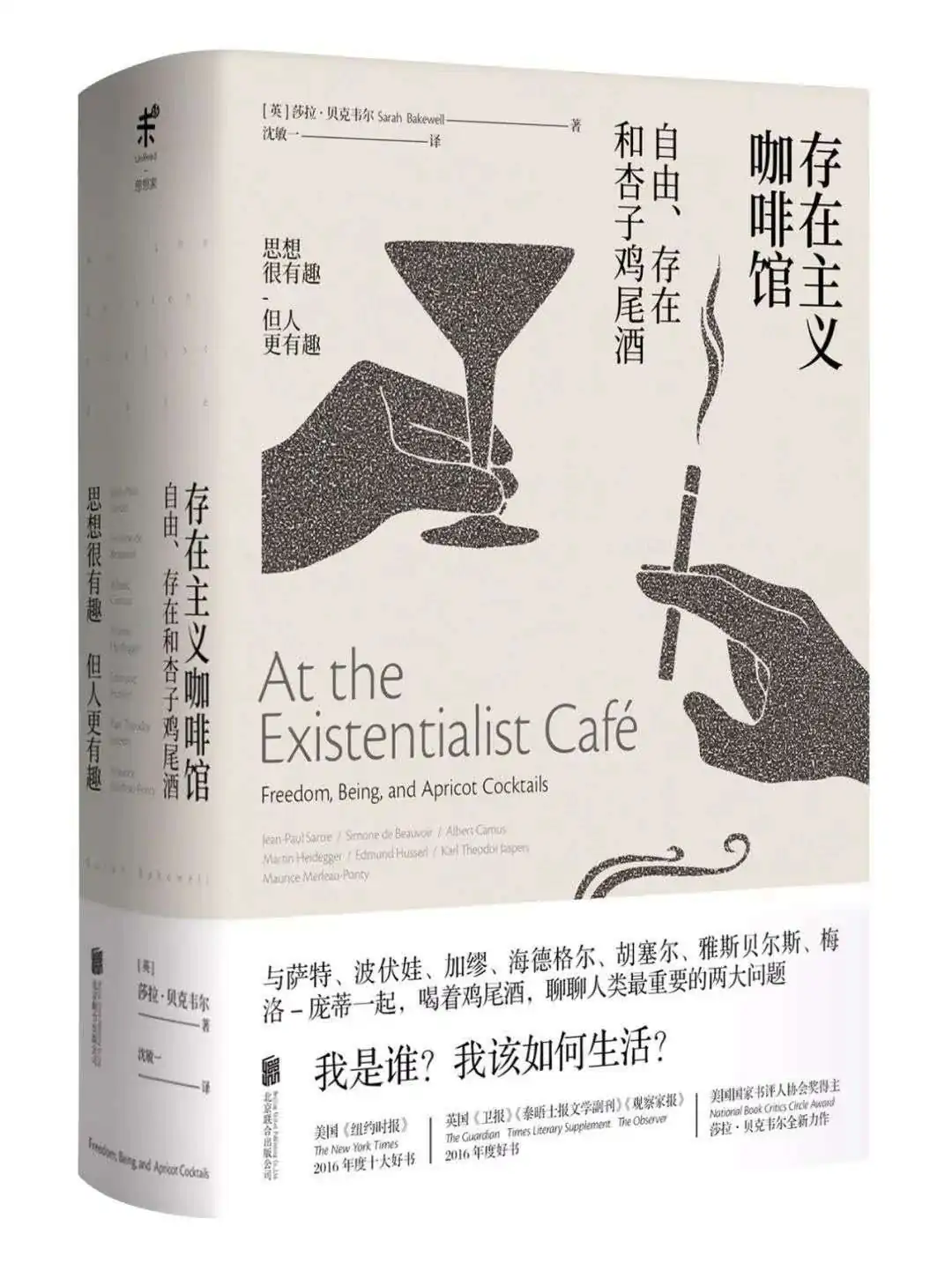
The following is divided into four parts - Husserl, Heidegger, Sartre and Beauvoir, Merleau-Ponty - to briefly discuss my views and thoughts on the ideas and viewpoints of this book:
1-Husserl's Phenomenology
Husserl's phenomenology is a new way of thinking, which points out that we should bypass our own cognition to grasp the more objective nature itself, that is, abandon the knowledge we have learned. "To the things themselves!", return to the things themselves. Simply put, it is "describe the phenomenon". For a cup of coffee, we can define it from its coffee beans, roasting degree, origin, brewing method, grinding degree, etc. We can also analyze it from the impact of coffee on the body and the excitement of nerves. But from the perspective of phenomenology, we describe a cup of coffee as: the rich aroma of coffee drifts in the hot air swirling on the surface of the coffee, the lips feel the warmth of coffee, and the rich taste on the tip of the tongue spreads throughout the body... All these descriptions are truly experienced, completely returning to the things themselves, and abandoning all subjective associations. It is a bit similar to Wang Yangming's "There is nothing outside the mind and there is no reason outside the mind". The book also gives quite a lot of interesting examples to help us quickly understand phenomenology.
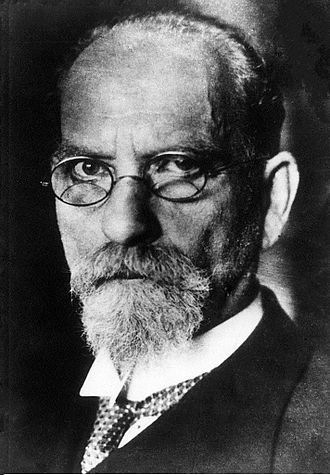
However, people cannot fully describe a cup of coffee, just as people cannot understand the whole picture of an event. But describing a melancholy song, a seaside vacation, a face that looks back carelessly, an uneasy mood... it restores the richness of the personal world by turning around our own perspective that is usually ignored like air. This is the exciting part of phenomenology, which indicates that the world is diverse and exciting, and it also has a profound impact on the existentialism that comes later.
Husserl's transcendental reduction means that by putting aside the belief in the existence of objects, individuals, and materials, and also the belief in the existence of the cognitive subject, pure consciousness can be achieved. It integrates phenomenon and essence, and also integrates subject and object. Ultimately, it reaches "to the things themselves!"
2- Heidegger’s existentialism
How do we understand what Heidegger said about "dasein", existence and being?
"Beings" exist, but "existence" itself cannot be described by "existence" or "is".
However, I think that Heidegger's "existence" is very similar to the "Tao" of Chinese Taoist thought. Tao is the basic law and rule of the operation of all things. "Man follows the earth, the earth follows the sky, the sky follows the Tao, the Tao follows nature", Tao is the essential law of all things in nature.
For example: a sofa, a coffee cup, a bone-chopping knife, when you are not using it or interacting with it, then these things are in the "present-hand state". For you, a coffee cup is just a container for other entities. But as long as this cup interacts with you, the cup will become "present-hand state". The cup is a tool for you to quench your thirst, and it is the joy when you exchange cups with others. This is what Heidegger calls "Being-in-the-world". That is, I, as an individual, "care" for the entity.
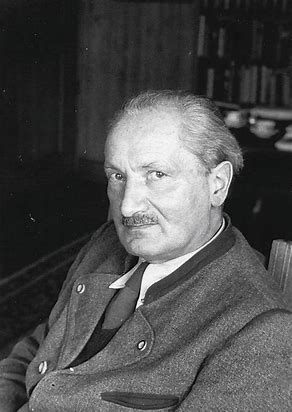
In Heidegger's view, Plato's ideas, Aristotle's entities, Descartes's I think, Kant's material body, Hegel's absolute spirit and so on, all discuss things assuming that they are "presence-at-hand", which is just a crude way of regarding the object of contemplation as having no "care".
In addition, Heidegger's concept of "Dasein" is not about "who you are" but "how to be". Existentialism is concerned with the individual. People are free and can choose how to live. Everything you do and the emotions that follow are your existence. Human existence is also Dasein, which is different from the existence of other things (being), the existence of other entities.
After a series of events, Heidegger in his later years turned to a more down-to-earth, more acceptable, and more poetic way of thinking, away from discussions about determination and decisiveness. He gave poetry and walked towards the Black Forest of his hometown…
3. The King and Queen of Existentialism - Sartre, Simone de Beauvoir
"Existence precedes essence"Sartre believes that: I am nothing except the person I decide to be. Regarding human freedom, Sartre believes that freedom does not mean completely unconstrained and arbitrary actions. Only by relying on appropriate constraints, those things that define us and take away our freedom, can we obtain true freedom, the kind of freedom that we will not feel Angst.“If I feel dizzy looking over a cliff, it often manifests as a nauseous feeling that I might involuntarily and inexplicably jump off the cliff. The more freedom of movement I have, the worse this anxiety becomes. In theory, if someone tied me to the edge of the cliff, my dizziness would disappear because I would know I couldn’t jump and would relax.”Another example is the alarm clock set in the morning, the time limit of iOS, going to a drug rehabilitation center, and even some mental confinement... Most of us are actively or "seemingly passively" deceiving ourselves (bad faith). Only in this way can life be maintained. By using means to set up obstacles, everything seems "unfree", but this is precisely "free". These "unfreedoms" are actually decisions made by our own "free will". I can follow certain general directions, but I can't tie myself up like a rope on a cliff. You can achieve what you think is "freedom" through unfree behavior such as "coiling". After all, you are self-determined and truly exist.
However, consciousness has inertia, and the longer you immerse yourself in this consciousness, the deeper you will be trapped in it. But I am a layman, and at worst I will choose to repeat and accept everything in meaninglessness like Sisyphus, escaping from reality and getting caught up in work, study, and social media.
Why"exist"? Sartre divides all "existence" into two areas: pour-soio/for-itself and en-soi/in-itself. The existence of "for-itself" is us - humans with reflective ability. It's just that "for-itself" only exists between life and death, and eventually returns to the existence of "in-itself". Different from Heidegger's "Dasein", I understand Sartre's "for-itself" as a kind of nothingness, a "concrete nothingness". What is nothingness, and what is concrete nothingness. Sartre used an example to explain this "concrete nothingness", which is very interesting:"Jean-Paul Sartre walked into a café and the waiter asked him what he would like to order. Sartre replied, "I would like a cup of coffee with sugar but no cream." The waiter left for a while and then came back to apologize and said, "I'm sorry, Mr. Sartre, we have run out of cream. Can you have it without milk?"Coffee without cream and coffee without milk are two completely different things. In other words, what you don't get is also part of what you get. Going a step further, "coffee without cream" and "coffee without cream so you can't put cream in it" are two completely different things, because without cream, you can't complete the complete operation of "not putting cream in it" (the premise of not putting cream in it is: there is cream, but you choose not to put it in). Similar to the computer field, "null pointer" is different from "uninitialized pointer" and "wild pointer".
Why"nature"? Essence is meaning, the meaning of "self-existence". If people cannot achieve "self-existence", then they are only "self-existence", which is truly empty. "Self-existence" precedes the essence of "self-existence". Is it similar to the theory of materialism that matter comes first and spirit comes later? I don't quite understand.
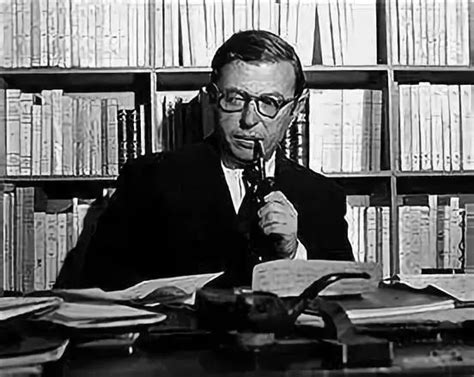
Simone de Beauvoir's The Second Sex, a feminist work, is also known as "applied existentialism". The following is a story based on two golden sentences:
"One is not born a woman, but grows into one"
“The greatest oppression of women comes from their learned tendency to see themselves as ‘others’ rather than as transcendent subjects.”
The second sentence uses existentialist ideas to deal with feminist issues, which is very interesting.
This involves the relationship between "master" and "slave". Beauvoir was inspired by Hegel's analysis of how opposing consciousness fights for dominance and proposed that slaves would also rack their brains to try to see the world from the perspective of their masters. This is an "alienated" perspective that must be awakened.
Regarding the alienation of gaze, Sartre gave a very striking example:
「In the first example, Sartre asks us to imagine walking in a park. If I were alone, the park would arrange itself comfortably around my perspective: everything I see presents itself to me. But then I notice a person walking across the lawn toward me. This causes a sudden cosmic shift. I realize that this person is also arranging his world around himself. As Sartre writes, the green of the grass turns toward the other person as well as toward me, and part of my world begins to slip in his direction. Part of me slips away, too, because just as he is an object in my world, I am an object in his world. I am no longer a purely perceptible nothingness. I have a visible outside, and I know that he can see this outside.
Sartre then adds another twist. This time he places us in the corridor of a Paris hotel, peeping through a keyhole in a door—perhaps out of jealousy, desire, or curiosity. I am absorbed in what I see, straining to see clearly. But then I hear footsteps in the corridor—someone is coming! The whole situation suddenly changes. I am no longer absorbed in the scene in the room, but aware that I am a voyeur, and this is how I will appear to the third party walking down the corridor. My seeing, now as I peek through the keyhole, becomes “the seeing of the seen.” My “transcendence”—my ability to throw myself completely into what I perceive—is itself “transcended” by the transcendence of another. That other has the power to label me as an object, to assign me definite characteristics, rather than allowing me to remain free. I try to resist this by controlling how that other sees me—so, for example, I might pretend that I am just bending over to tie my shoe, so that he does not label me a filthy voyeur."
My understanding of this is that human existence precedes essence, and human essence is the result of free choice. People are not born good or evil, and they don’t have so-called essence. Human essence is formed after birth, and is the result of free choice and action. Our own choices shape our lives and make us become that person. Philosophically, it is called "subjectivity". I am the subject, and others are the objects. But everyone is the subject, so who is the object?
Sartre believes that everyone will fight with others for their own subjectivity, and when getting along with others, they want to turn others into objects. In daily social interactions, we gain a sense of security through a sense of control. How do we control this? It is by "gazing" at others.
In Sartre's philosophy, the relationship between self and others is an opposition, a relationship between subject and object. Both self and others exist and have consciousness. Through "gaze", both sides regard each other as the object of consciousness, or even as "being". Sartre believes that "the other is the source of conflict".
Under the "gaze" of others, my existence conflicts with the world. In Greek mythology, Medusa had an affair with Poseidon, the god of the sea, and gave birth to two children in Athena's temple. Athena was enraged and turned Medusa's hair into poisonous snakes. As long as others see Medusa, they will turn into stone. When we are stared at by others, my subject will become an object, a "thing", a stone, a gem. On the contrary, when we "gaze" at others, the effect is the same.
When you walk into a shopping mall, you will feel that everyone is "staring" at you, and you will feel uncomfortable or even scared. Because in this environment, we become the "objects" of others. People always fight for their own subjectivity, that is, my "transcendence" cannot be "surpassed".
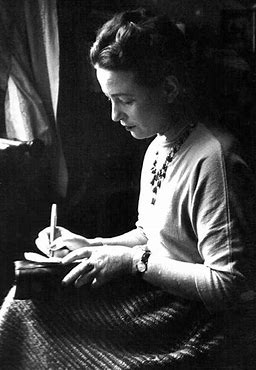
Sartre's famous line from Huis clos, "Hell is other people," is often misused. Sartre later explained that he was not referring to other people as hell in general. He actually meant that after death, we are frozen in the vision of others, no longer able to resist their interpretation. While alive, we can still do something to control the impression we leave on others; once dead, this freedom is gone, and we can only be buried in the memories and perceptions of others.
Back to Beauvoir's feminism, women live in what Sartre called "self-deception" most of the time. They identify themselves with their "inner" image, rather than their "transcendent" consciousness, and regard it as a free self-being. Women's subjectivity is always trying to accomplish what subjectivity is born to do, that is, to insist on making themselves the center of the universe. There is a fierce struggle in the heart of every woman, and for this reason, Beauvoir believes that the question of how to become a woman is the most typical existential question.
4- Merleau-Ponty’s Phenomenology of Perception
Simply put, it is the relationship between consciousness and nature. Start philosophical thinking through your own experience of phenomena. In abstract thinking, humans always use material metaphors or images, which is also the way for humans to know and understand. I think this feels a bit like the prototype category theory, "psychology" is a metaphorical expression of "physics". Psychological content corresponds to physical entities, and language is the container. For example, "put down your mental baggage" and "put down your original intention". What exactly are the mental baggage and original intention? Why can they be discarded?
In fact, we use metaphors, analogies, and then get a kind of "proprioception". We compare psychological content to physical entities, and compare mental baggage and original intentions to garbage, so we throw it away. Therefore, we can transfer the knowledge we have learned from the material world to the world of consciousness. This is what I understand as perceptual phenomenology. That is, to study consciousness as a holistic social and sensory phenomenon, rather than a series of abstract processes.
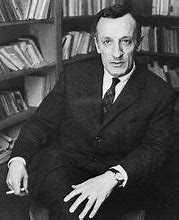
Sartre smoking a pipe at the table, Beauvoir wearing a headscarf, Camus with his collar turned up and a worried look, Heidegger's dark world of crisscrossing forest paths and ringing bells... In the end, reading this book is just opening a door to meet philosophers. Thanks for reading this far, and happy reading.
References
[1]. Sarah Bakewell. Existentialist Café: Freedom, Existence and Apricot Cocktails[M]. Beijing United Publishing Company, 2017-12-1
